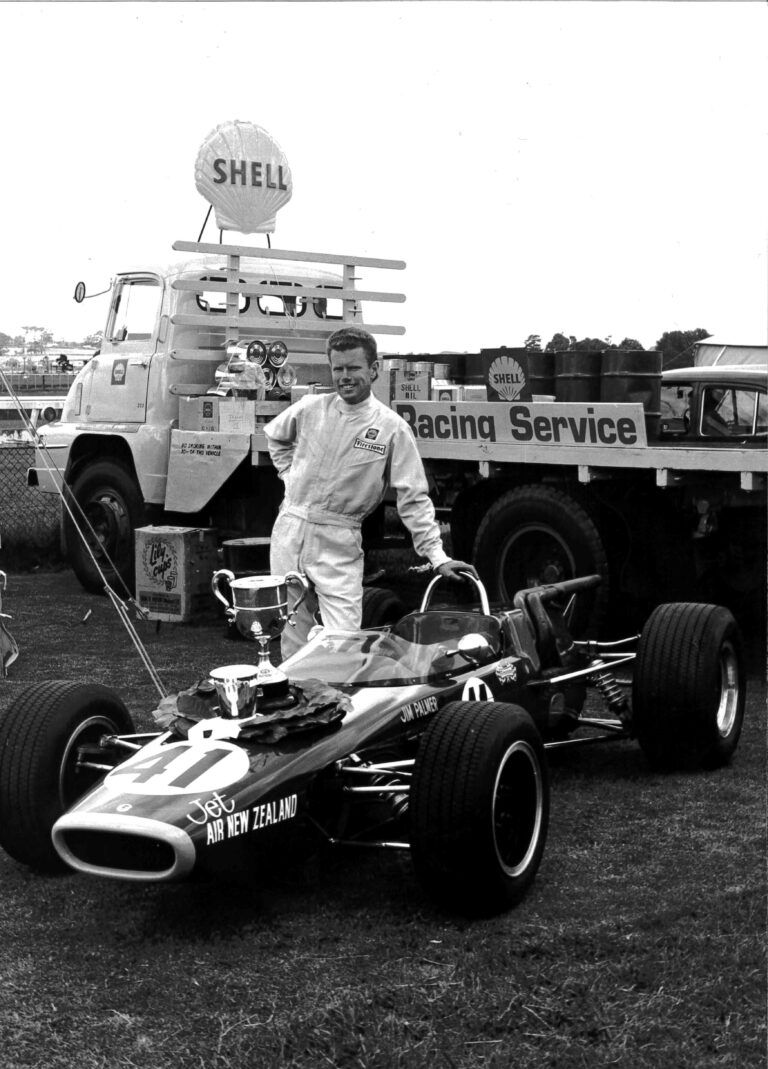Most of us can remember when we first became passionate about cars — and certain makes at that. For me, I remember getting a ride as a 10-year-old in a Subaru WRX rally car. I’ll never forget being strapped into that bucket seat, and getting airborne over a local speed bump just near my house, narrowly missing a wandering dog upon landing. Another vivid memory around the same time was a ride in an ’80s Honda Prelude Si, with a DOHC 16-valve two-litre. I will never forget the howl that the factory two-litre motor produced near redline — cementing my passion for the H badge for years to come.
For Gabor Mester, he fell in love with cars whilst at a family friend’s place where he stumbled into a BMW M3 E30 in their garage. Throughout his teens he would go over and offer to wash and clean the vehicle for the owners, just to be around its bulbous ’80s curves. Fast forward a few years, Gabor now owns that particular vehicle — and after seven years of ownership, the passion continues to grow.


